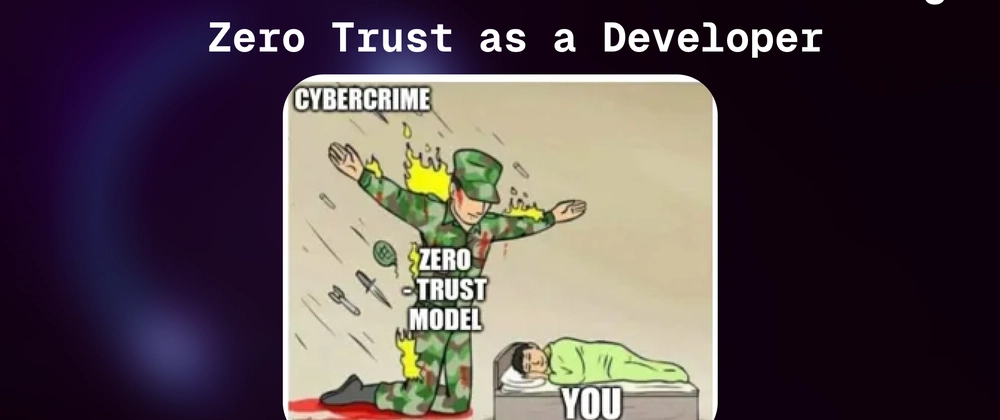If you’ve been anywhere near security conversations in the last few years, chances are you’ve heard the term Zero Trust tossed around.
Traditional Security: The Old School Castle Walls
In the old days (okay, like 5 years ago), most IT security was built like a castle:
- Big walls (firewalls, VPNs)
- Guarded gates (passwords)
- And the assumption that once you're inside, you're trusted
This model kinda worked when everyone was in the office, using company devices on a secure network. But now? People work from cafes, homes, co-working spaces—on personal devices, accessing cloud apps. That old-school model crumbles fast.
Zero Trust: “Never Trust, Always Verify”
At its heart, Zero Trust flips the old model upside down.
It assumes one simple thing:
No one and nothing is trusted by default.
Whether you’re inside the corporate network or outside on a laptop in a coffee shop, every request is treated with suspicion. Every user, device, app, and connection is continuously verified.
Core Concepts of Zero Trust
1. Strict Identity Verification
Before anyone gets access to anything, their identity has to be verified—really verified.
- Multi-factor authentication (MFA)? Yes please.
- Role-based access? Only what you need.
- Device posture checks? Is your laptop secure and up-to-date?
2. Least Privilege Access
You only get access to exactly what you need—no more, no less.
Think of it like a VIP event: just because you got in the building doesn’t mean you can walk into every room.
3. Micro-Segmentation
Break the network into small zones so that even if one part is compromised, the damage is contained.
If a bad actor sneaks in through a vulnerability, they can’t just roam around freely.
4. Continuous Monitoring and Analytics
Even after you’re “in,” you’re being watched (in a good way).
- Is your behavior normal?
- Are you trying to access something weird?
- Did your device suddenly become risky?
If anything feels off, Zero Trust kicks in with automatic responses—like flagging alerts or cutting off access.
Zero Trust is especially powerful in today’s world where:
- Teams are remote
- Apps are in the cloud
- Devices are everywhere
- Cyber threats are more sophisticated than ever
If you're a software developer who enjoys exploring different technologies and techniques like this one, check out LiveAPI. It’s a super-convenient tool that lets you generate interactive API docs instantly.
So, if you’re working with a codebase that lacks documentation, just use LiveAPI to generate it and save time!
You can instantly try it out here! 🚀



Top comments (0)